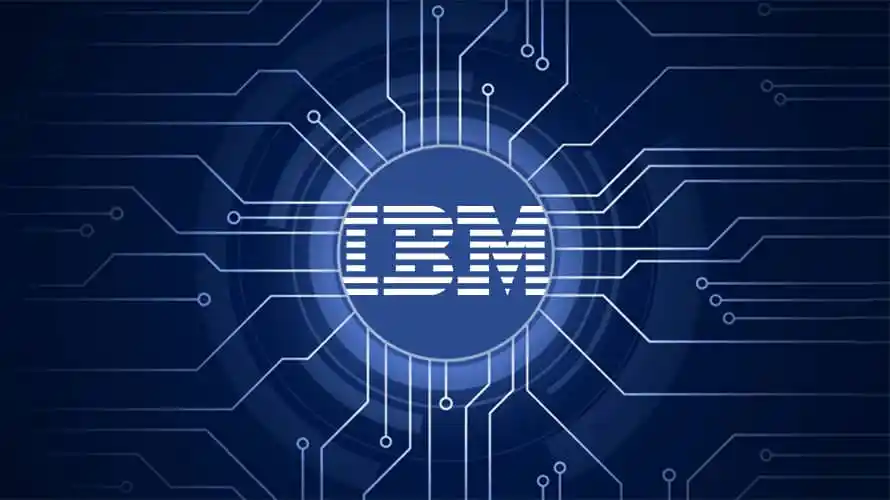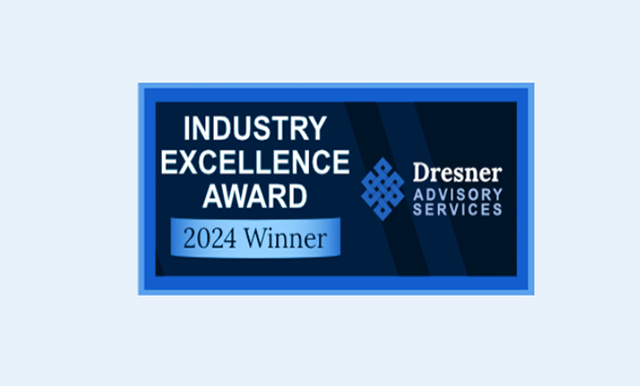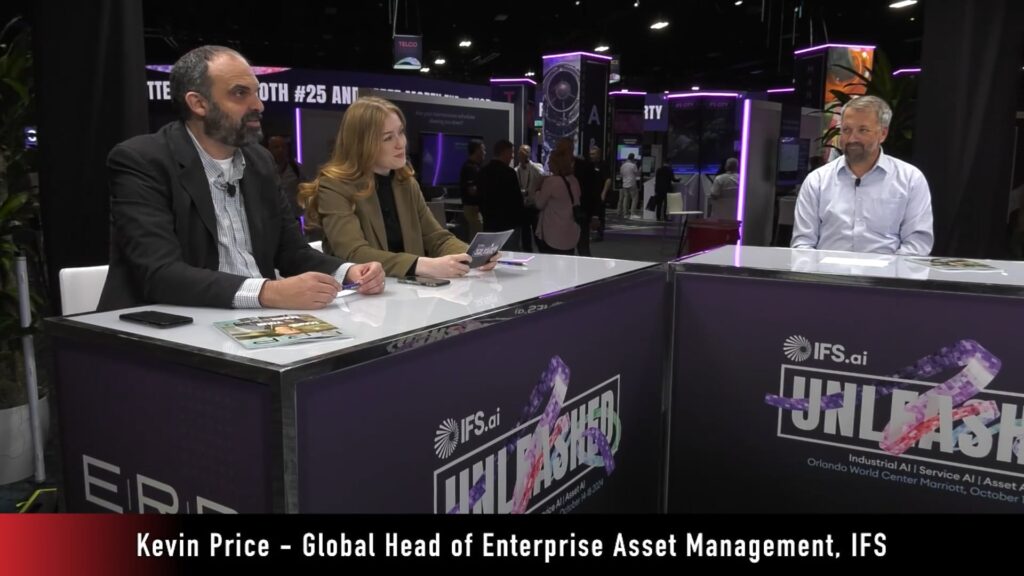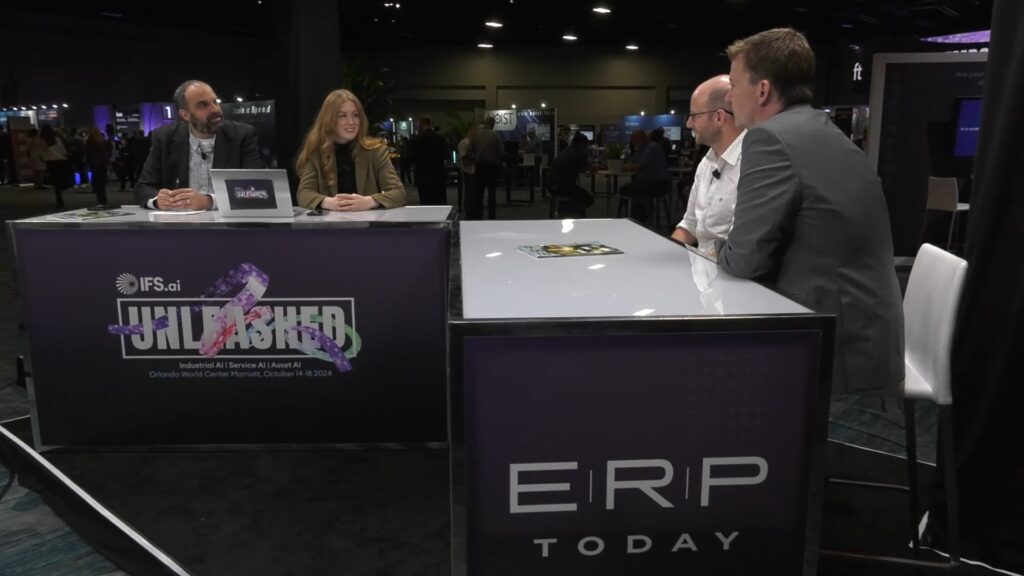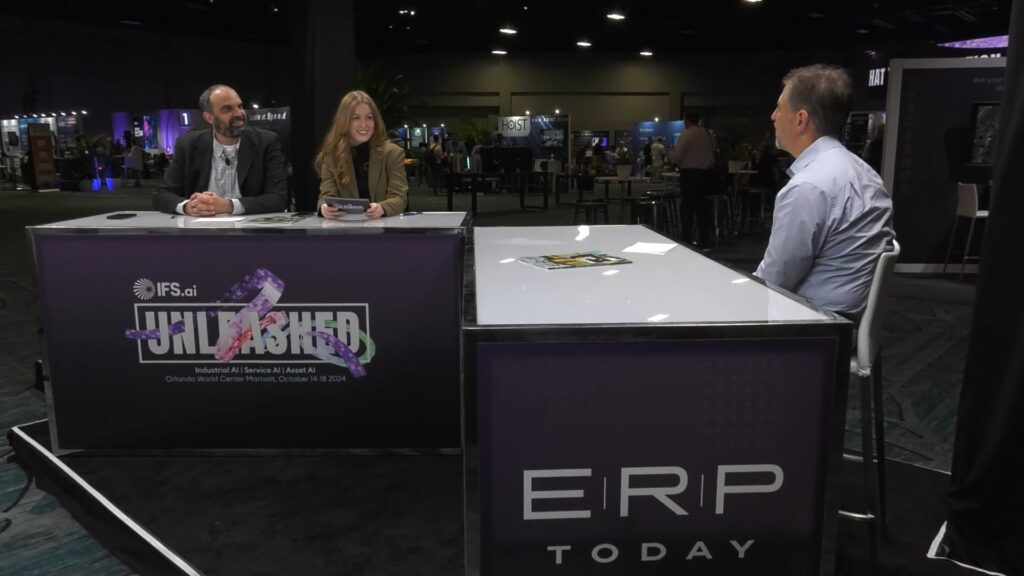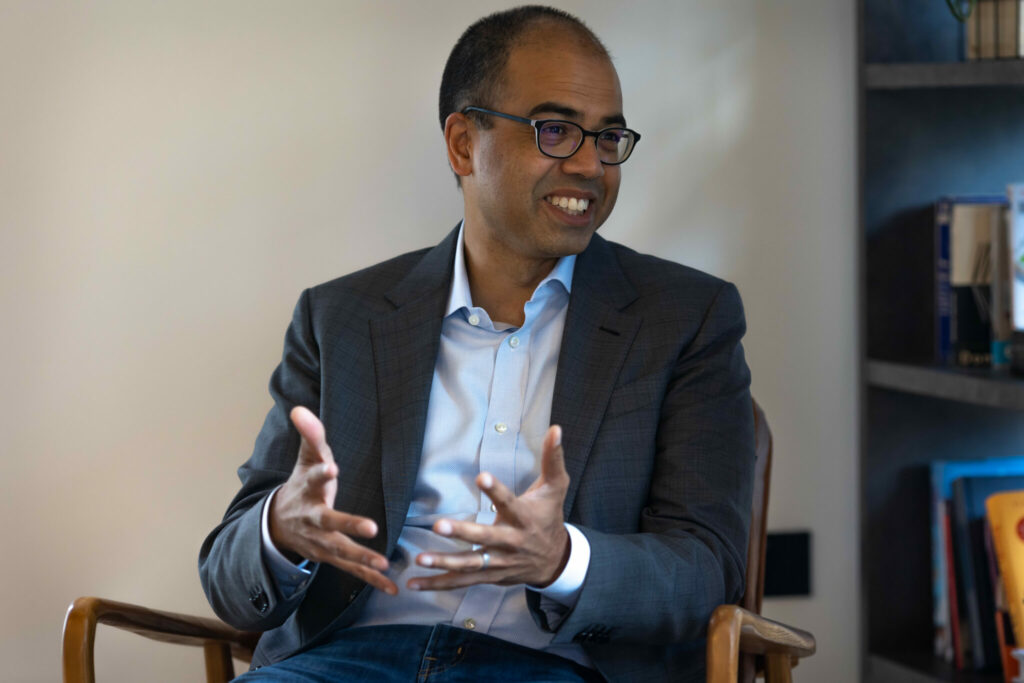ERP Today has established itself as THE independent voice of the enterprise technology sector through its use of dynamic journalism, creativity and purpose.
SubscribeEnterprise Asset Management
Enterprise Resource Planning (ERP) integrates with Enterprise Asset Management (EAM) to optimize resource utilization and enhance operational efficiency. Within EAM, ERP serves as a central hub for managing assets, encompassing maintenance schedules, lifecycle tracking, and cost analysis. This integration ensures a holistic approach to asset management, as ERP consolidates data, streamlines workflows, and provides real-time insights. By unifying these systems, organizations can effectively align asset management with broader business processes, minimizing downtime, reducing costs, and extending the lifespan of critical assets. ERP’s role in EAM goes beyond maintenance; it becomes a strategic tool that empowers organizations to make data-driven decisions and maximize the value of their assets throughout their lifecycle.

